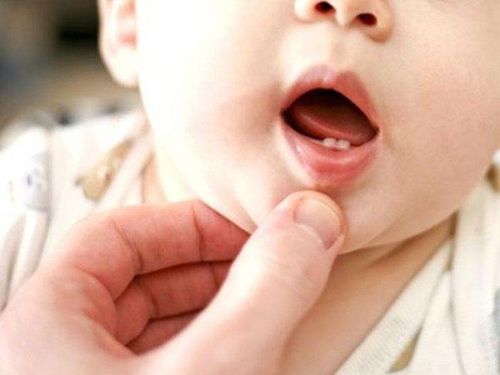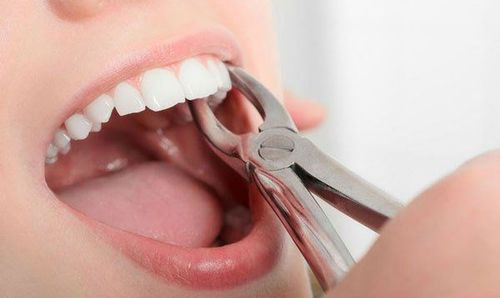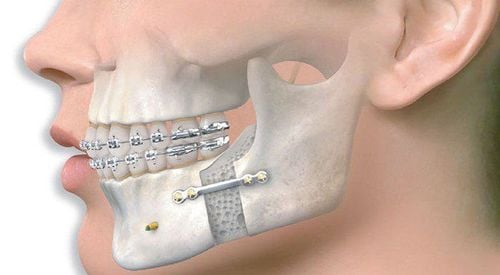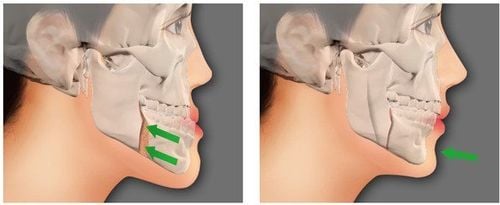This is an automatically translated article.
The article was professionally consulted by Doctor Department of Examination & Internal Medicine - Vinmec Hai Phong International General Hospital
An adult will have 32 teeth, including 4 wisdom teeth. However, because wisdom teeth in each person can come in sooner or later, not everyone will have all 32 teeth.
1. How many teeth do people have?
Human teeth have exactly 32 teeth, but not everyone has enough 32 teeth, may be redundant or missing.
When we are young, teeth will start to come in at 6 months of age, then the teeth will gradually grow in full until we can eat by ourselves. Children will now have about 20 teeth.
By the age of 5, children will begin to change teeth, the baby teeth will vibrate, replaced by permanent teeth. Until adulthood, our teeth will grow enough, a total of 32 teeth. This number of teeth includes all 4 wisdom teeth in both the upper and lower jaws.
Of these 32 teeth, there will be 8 incisors (4 above, 4 below), 4 canines (2 above, 2 below), 8 premolars and 12 molars. These 12 molars, also known as chewing teeth or molars, include all 4 wisdom teeth that will grow later at the age of 18 - 30 years old.
Most of the time, 4 wisdom teeth will not grow at the same time, but depending on the person, depending on the location, 1 will grow at a time. Some people have wisdom teeth when they are 19-20 years old, but there are also people who don't have wisdom teeth until they are 30 years old.
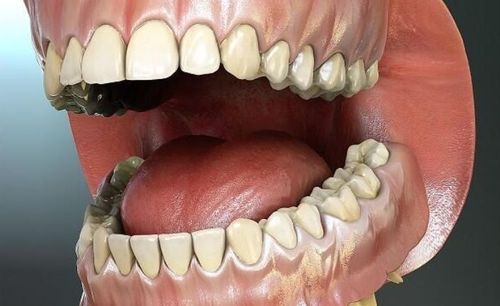
After the age of 18, our teeth are almost stable, at this time usually when there is no space on the jaw but the wisdom teeth have not yet come in, it is likely that when they come up, the wisdom teeth will grow out of the way, stabbing diagonally. , in many cases it also pierced from below the root of the chewing tooth.
Because wisdom teeth grow out of order and cause such pain, many people have had minor surgery to remove all four annoying wisdom teeth. Therefore, a lot of adults have only 28 teeth, which is 32 teeth enough minus 4 wisdom teeth, 28 teeth left.
2. Types of teeth and their functions
According to the American Dental Association, human teeth are divided into 4 different groups, including: Incisor group (1st and 2nd teeth), canine group (3rd tooth), and small molar group (tooth teeth). number 4 and number 5) and finally the molar group (tooth number 6, 7 and 8).
Each group of teeth has completely different functions and tasks, specifically:
Incisors (8 in total) Incisors are the teeth located in front of the jaw, most noticeable when we smile speak. The front teeth are usually shovel-shaped, with very sharp edges (called biting edges). The job of these front teeth is to bite and tear food into small pieces that are put in the mouth.
Canines (4 in total) The canines are located at the angle of the arch, right next to the incisors. The fangs are spear-shaped, the crowns are thick, very pointed and iron. The main job of these teeth is to grip and tear food.
Small molars (8 in total) Unlike incisors and canines, premolars have a cube-shaped crown, flat bite surface, and are divided into two regular and pointed teeth on the surface. The premolars are located between the molars and the canines and are used to tear and crush food.
Large molars (08 pcs) These are the largest teeth of the arch. The tooth surface is quite flat, has a large area, so the teeth are large and the shape is very complex. The main job of the large molars is to chew and crush food before swallowing it in the stomach.
3. Structure of human teeth
Depending on each person, depending on the genes, the teeth are light yellow or milky white, they are all very healthy and hard, ensuring the task of chewing food.
The structure of the human tooth is divided into 3 main parts, including:
The crown The crown, also known as the ring, is the part located above the gum.
Roots Teeth Root is the part deep below the jawbone and gums, so the root of the tooth normally cannot be seen. They are anchored by periodontal ligaments.
Neck The tooth neck or gum line is the part where the gums and teeth meet.
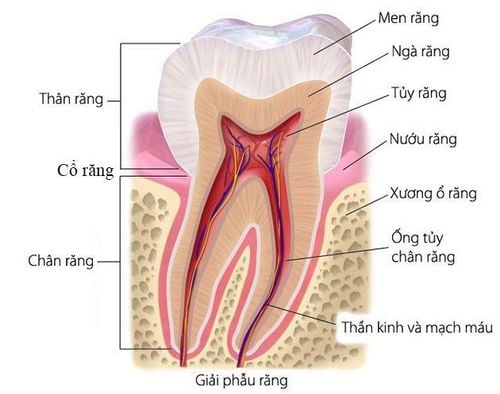
Enamel Enamel is the outermost layer, covering the body of the teeth, they are very strong and healthy. Enamel is composed of high levels of minerals such as calcium and fluoride and has a milky white color.
Dentin Dentistry is the middle layer of the tooth, located on the inside, covered and protected by enamel. The dentin is pale yellow and is the main mass of the crown.
Dental pulp The pulp is the innermost layer, covered and protected by both enamel and dentin. Dental pulp is a very special organization, containing a lot of sensory nerves and blood vessels to help nourish healthy teeth. The pulp extends both at the crown and at the root of the tooth.
Tooth bone Tooth bone, also known as Cementum, is a layer of cells like bone tissue, covering the tooth root, firmly attached to the gums.
Please dial HOTLINE for more information or register for an appointment HERE. Download MyVinmec app to make appointments faster and to manage your bookings easily.




